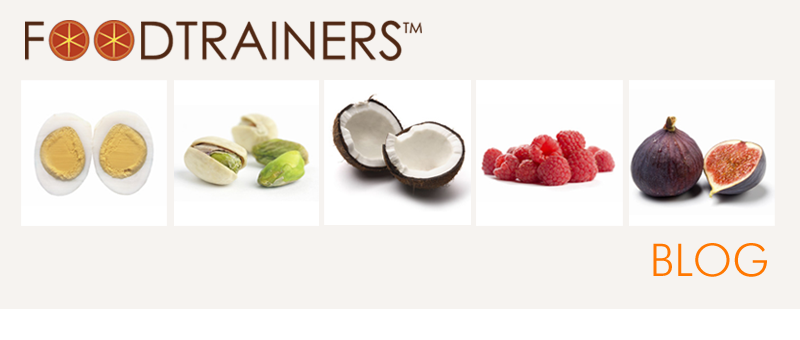 |
| I wouldn't suggest searching for an "unbottoning pants" photo ew. |
About a month ago, my mom called me . My sister usually hosts Thanksgiving but my mom worried it was too much this year; she thought it would be nice to take the pressure off and go out to a restaurant. I wasn’t happy. Out came my inner brat: I told her it wasn’t the same, that part of Thanksgiving was spending time together- not just at a table, I even offered to host and then mid-rant I realized how silly I was being. My Thanksgiving day usually goes something like this: wake up and rush out the office (on the parade route) for the parade, rush home and start chopping Brussels sprouts, parsnips and string beans (I make the sides) until my hand starts cramping and then rush up to my sister’s house in Westchester smelling like shallots and parsley and completely exhausted. I looked at the menu online, this year I’ll be having Artisan Greens and Hudson Valley Apple Salad, Sea Bass, a Poached Pear and a glass of Sauvignon Blanc. Shush don’t say anything but I’m sort of excited.
As for you, I’ve spent years trying to strike a balance for my clients between strategy and satiety, special and silly. Many of you already know the “good” items on the Thanksgiving table: white-meat turkey, cranberry sauce (not this kind),
sweet potatoes (later, marshmallows), and non-bastardized vegetables. The killers – and yes, in large volumes they are killers – include stuffing (so good, yet soooo bad), turkey skin, sweet potatoes with marshmallows, and any creamed vegetables or those given the casserole treatment. What you may not know is that the difference between a good plate and a bad plate can be enormous. A good meal will hover around 400 to 600 calories – including wine and extras. The killer? Multiply that number by three or four.
To temper Thanksgiving tendencies:
Just Say No To “Whores”
I recently wrote about Ina Garten. While her recipes are top notch, you may be surprised that I stole one of my favorite weight-related tips from her. A couple years ago, I was watching Ina, on the Food Network, fielding Thanksgiving-related questions. One question was what to serve before sitting down to Thanksgiving Dinner. Ina said keep it simple before the meal and advised not serving guests too much. I couldn’t agree more (maybe for different reasons). If you are hosting, shrimp cocktail, crudité and a dip and olives are all nice, lighter choices. If you are a guest, minimize your nibbles; you can easily eat a typical dinner’s worth of calories in hors (d’oeuvres).
Workout Twice
If you’re going to eat a sweet and fatty feast, get moving. Many spin studios and gyms are open on Thanksgiving and many cities have Turkey Trots or similar races. Walk, dance, run, swim, spin, or practice yoga. Exercise is a prerequisite that will help your mindset. Of today, tomorrow and Friday I need two workouts over the three days.
Observe the One Plate Rule. Review the offerings and formulate your strategy.
- Reserve ¼ of your plate for carbs including sweet potatoes, stuffing, corn, bread or regular potatoes.
- Then you’ve got ¼ of your plate for turkey or another protein.
- Half of your plate should include vegetables (the green kind), or salad – even if you have to steal the garnish from something. Eat your vegetables first; this fills you up on fiber.
- Savor this plate of Thanksgiving goodness because there are no second helpings at dinner on this plan. Seconds and thirds lead to unbuttoning your pants in inappropriate places – not to mention serious regrets. The One Plate Rule leaves you feeling lighter and self-righteous.
You’ve Already Had Dessert
So you’ve worked out, eaten your virtuous one plate, and are feeling good. Then the pies, crumbles, tarts, and tortes arrive. I can hear you negotiating (my clients try to negotiate, I’m used to it). I really believe that you’ve already had your pie before dessert. Think about it, maybe you’ve had sweet potatoes topped with candy or Jell-O disguised as sauce or sweet soup. If we’re being adults about this – you really don’t need the pie. Now, if you’ll cry or die without pie, then you need to pick your poison/pleasure. Choose mostly “goods” at mealtime, and then you can have your (tiny sliver of) pie and eat it, too.
Blacklist on Black Friday- Thanksgiving is one day, Thursday, not Thursday until you go back to work on Monday. If you are a leftover person, stick to turkey, veggies and soup. Stuffing is a holiday food and Friday is not a holiday. I have one client who has pretty containers and makes care packages for guests to bring home. I am fine with stuffing your guests, I only care about you.
Now, aren’t you thankful for Foodtraining?
What are your favorite Thanksgiving Day treats? Does the plan above sound reasonable? Anything need negotiating? Let’s hear it.
































